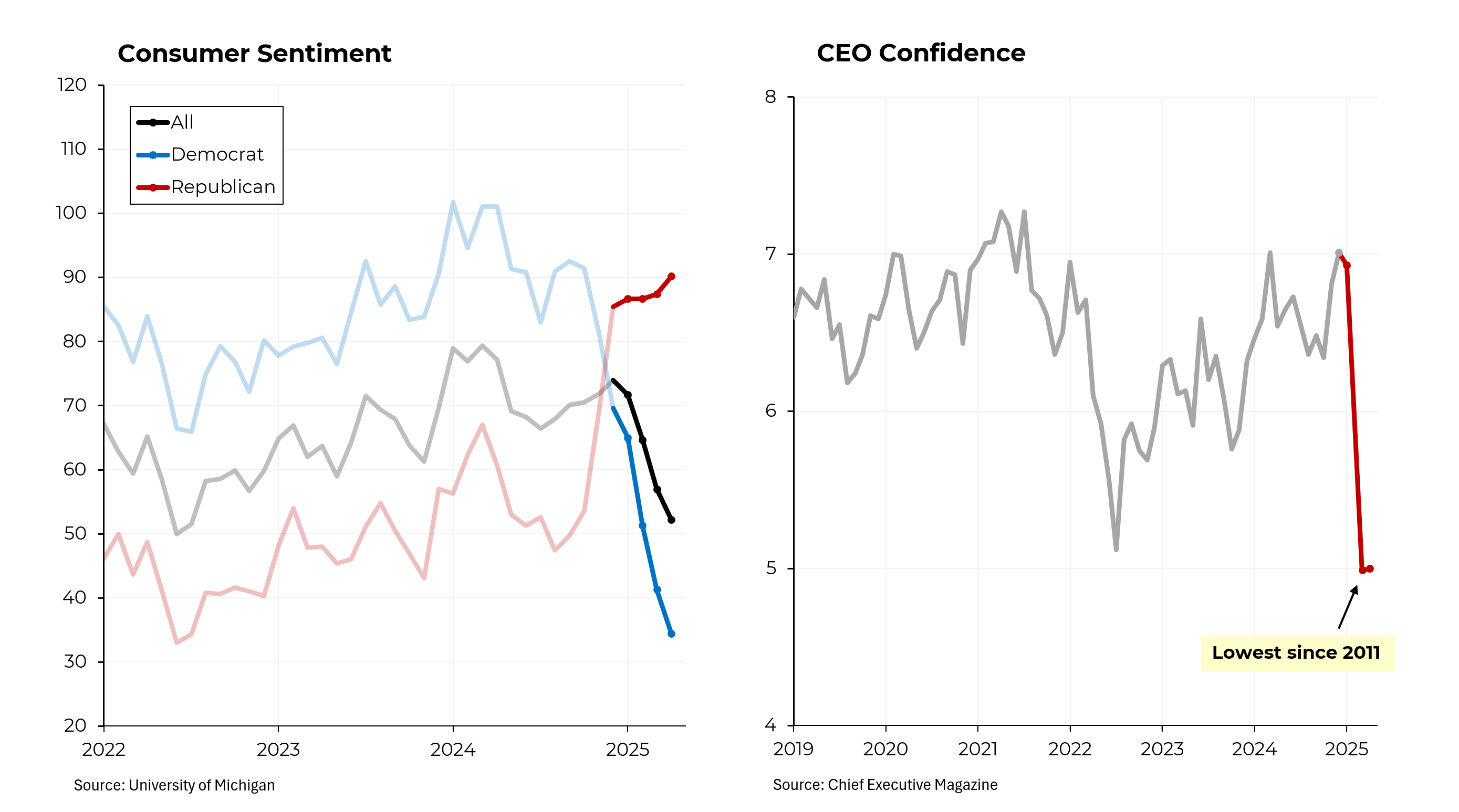But his opening proposal should be more targeted to the most needy.
Originally published in the New York Times
President Biden’s proposed $1.9 trillion Covid relief plan contains many commendable provisions, from money for speeding the vaccine rollout to aid for struggling states and cities.
That said, the measure, the American Rescue Plan, is also partly a legislative Trojan horse — an enormous aid package aimed at addressing needs that, in some cases, go well beyond the immediate challenges of Covid.
That’s generally OK by me; President Biden has wisely put helping all struggling Americans — whether their financial pain stems from the pandemic or not — at the top of his priority list.
But his administration can do so far more surgically, and with a nod toward our long-term fiscal challenges. We don’t necessarily need (at least not now) as much stimulus as he is offering. And some of the most expensive provisions are the least well targeted to help the neediest.
Topping that list: $1,400 checks to qualifying adult Americans, in addition to the $600 checks approved by Congress in December.
If structured like a recent House-passed bill, the eligibility for these checks doesn’t completely phase out until an income level of $310,000 (for a family of four), which means that some of the estimated $465 billion will go to workers in the top 10 percent — hardly a struggling group of Americans.
Nor do broad-based, one-time payments function as particularly effective economic stimulus. In the past, some research has suggested that Americans have more often used checks like this to increase savings or pay down debts.
And they appear to be doing that again. Mostly because they’ve been locked down, many middle and upper-middle-class Americans have been stashing money away at a ferocious rate.
The Harvard economist Jason Furman estimates that by March, there will be at least $1.8 trillion of “dry powder” in consumers’ bank accounts.
At least for now, merely putting cash into Americans’ pockets is not what’s needed for the overall economy; solving the public health crisis will unlock much deferred spending.
In proposing the expansion of other worthy programs, Mr. Biden should seek to better target them. The child tax credit currently provides $2,000 per child to married couples with annual incomes up to $400,000 and filing jointly. (Mr. Biden wants to increase this to $3,000.) Its companion, the child care tax credit, delivers at least partial benefits to higher income households — and does nothing for those who don’t pay taxes.
We can fairly debate appropriate phaseout levels; note that median income in the United States is just under $70,000 per family.
While the improvements in these tax breaks are ostensibly designed to be temporary, these kinds of one-time boosts have historically often become permanent.
Many details of the rescue package will inevitably require fleshing out, and precious dollars should be carefully evaluated. For example, while the Biden plan would allocate $170 billion toward education (on top of a combined $122 billion in last year’s rescue packages), the entire annual budget of the Department of Education is currently $67 billion.
I can understand why President Biden decided to go big. New presidents seem to get increasingly short windows to enact ambitious programs before midterm elections typically erode congressional margins.
And while the new president hopes to win bipartisan support for his agenda, even moderate Republican senators like Mitt Romney and Susan Collins have quickly splashed cold water on it.
Under arcane Senate rules, without 60 votes, Mr. Biden’s legislation options could be limited severely, which provides an understandable rationale for this first effort to be as comprehensive as possible. (The “Emergency Relief Package” includes raising the minimum wage and spending $10 billion on cybersecurity.)
Don’t get me wrong. I’m all for doing more — much more — to help address the economic pain of Covid and of those who are financially insecure. But we shouldn’t use the virus as an excuse to abandon any pretense of fiscal responsibility. Nor should we dismiss the possibility of inflationary pressures from the combined force of federal spending and pent-up consumer demand. Expectations of future inflation have poked above 2 percent for the first time since 2018.
As Mr. Biden’s plan slides from Covid relief to addressing longer-term inequities, we need to start funding those costs by raising taxes on the wealthiest Americans.
The Biden package would, according to a Columbia University study, lift 11.7 million Americans out of poverty and reduce the poverty rate by 3.6 percentage points, with the biggest reductions concentrated among Black and Hispanic Americans.
That’s great news, and we should do even better by those disproportionately stuck at the bottom of the economy. Plus, with interest rates low, we certainly have room to increase our borrowing. But public debt still does matter — so we should take care to spend every dollar wisely.






